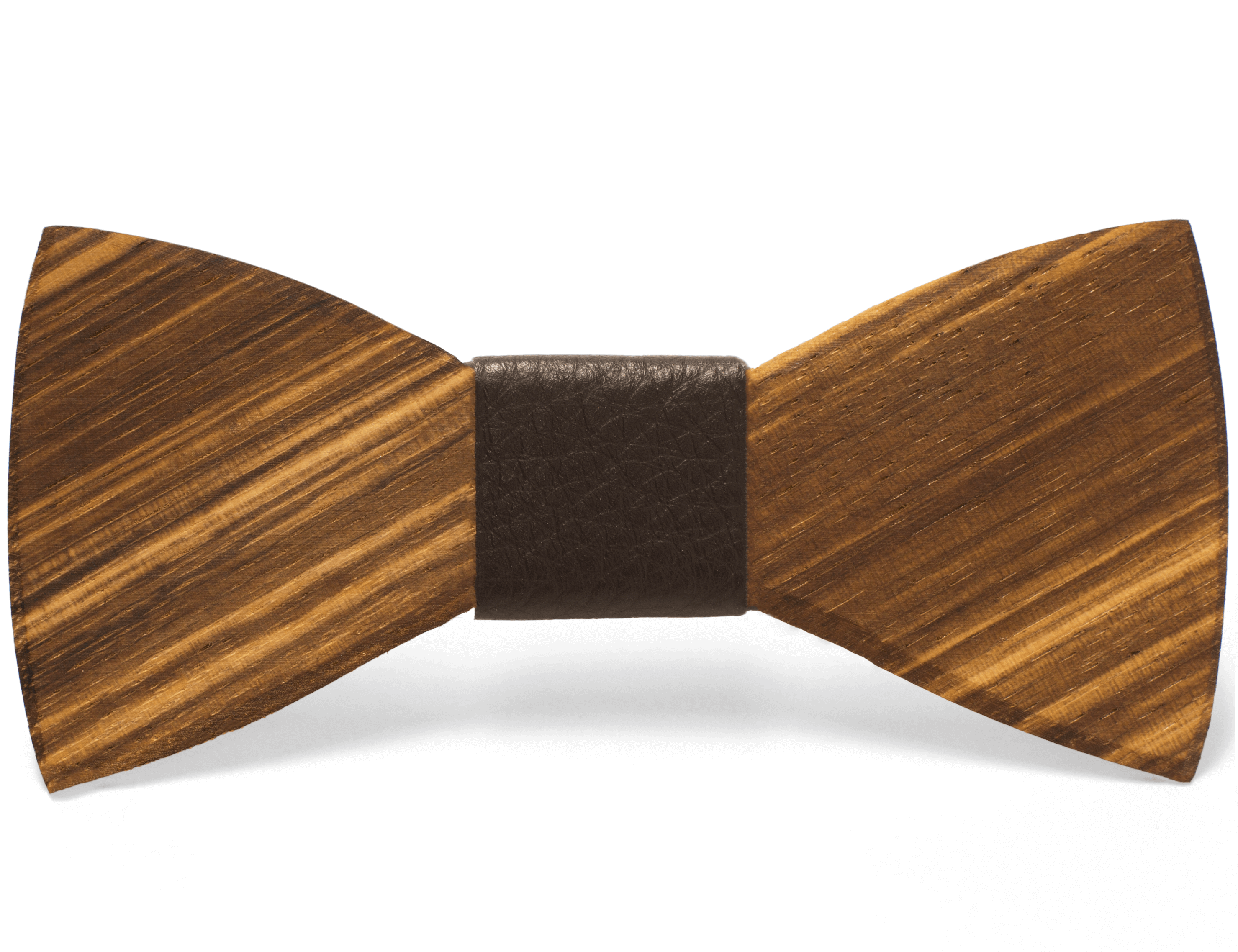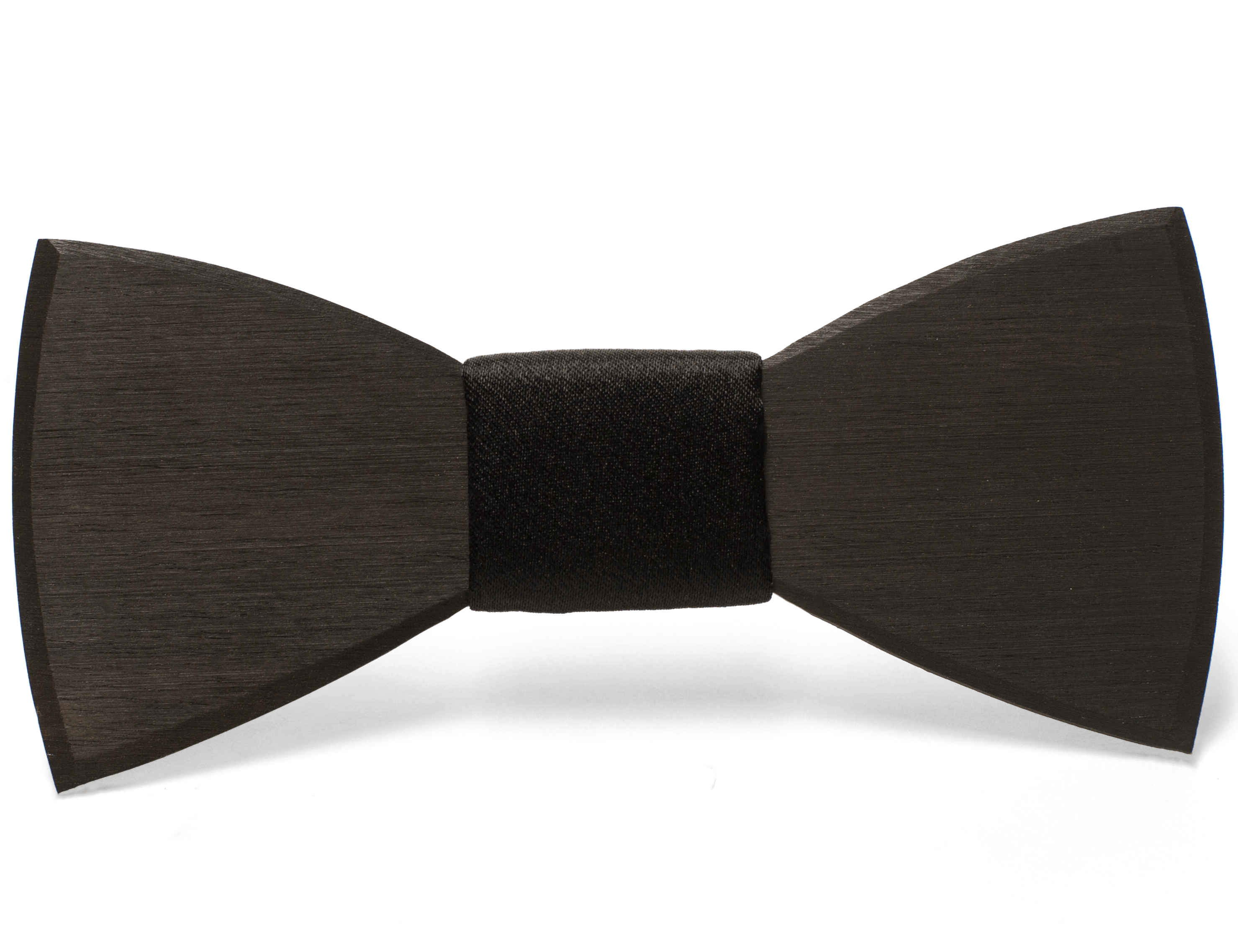Posted by Two Guys Bow Ties on 21st Jul 2016

One of our favorite exotic wood species is Zebrawood. It’s easily recognized for it’s light brown/cream color with dark blackish brown streaks vaguely resembling a zebra’s stripes. These stripes can be either chaotic and wavy, or somewhat uniform in appearance. Even though it’s strong and has a fairly high density, the bold appearance is it’s most stunning point of interest. (“Mr. T” pictured above–find it here)

Bocote, another exotic species we offer, has a yellowish brown body with dramatic dark brown to almost black stripes. This natural grain patterning is quite striking, and it’s not uncommon to see “eyes” (similar to knots) and other figurings in it. Finished off with a naturally oily/waxy feel and great luster, it’s no wonder this wood type is on our list of crowd favorites. (“Frank” pictured above–find it here)

Black Ebony, a dense black hardwood, is actually dense enough to sink in water. It’s finely textured and has a very smooth finish, making it one of the more valuable and expensive types of wood in the world. Typically, Black Ebony does not grow in thick stands or under closed cover but prefers a more solitary existence, often taking hold in rocky and infertile soils where other plants can’t survive. During its early years it develops an extensive system of roots to sustain its life during the long months of the African dry season. Its growth is incremental and take decades to grow even 10 feet and mature into it’s coveted pure black color. (“Russell” pictured above–find it here)

Rosewood, on the other hand, has a beautifully rich dark reddish brown color. It’s high quality feel and appearance is a great choice for wood-workers and the guy who seems to have everything. (“Arthur” pictured above–find it here)
One of our most unique wood types, Purple Heart, is native to tropical regions of Central and South America. With more exposure, it’s freshly cut, dull grayish/purplish color becomes a deeper eggplant purple. (Do note, however, when exposed to large amounts of UV light, the color may shift to a dark brown with purple hues.) It’s strength is great for both form and function, and with a splash of color, it’s no wonder it’s labeled one of our most unique bow tie styles. (“Victor” pictured above–find it here)